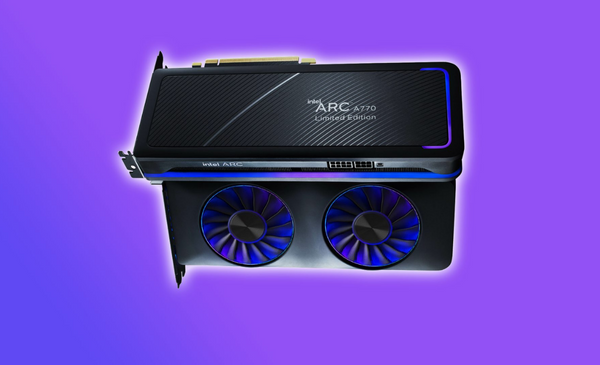Intel warned for a long time that its Arc graphics cards might not be up to snuff for older games that don’t make use of modern graphics APIs like Vulkan and DirectX 12 before they were released. The GPUs are competitive with older midrange cards in terms of price if you’re playing newer games, but the results are more mixed when it comes to older games.
Driver updates are a possible saviour for Intel Arc card owners attracted by the cards’ price. After releasing the A770 and A750 in October, Intel has issued a number of driver updates, each of which has addressed a specific bug or improved performance in a particular game. However, with today’s beta driver release from Intel (31.0.101.3959, for those keeping track), users can expect a “significant” boost in older DirectX9 games, with frame rates potentially increasing by as much as 80%.
During the long life span of Windows XP, DirectX9 was the dominant graphics application programming interface (API). The API is still widely used in many popular multiplayer games, including Counter-Strike: Global Offensive, League of Legends, Team Fortress 2, and Starcraft II, so any gains in performance for these games in DirectX9 are especially welcome.
These are fairly old games, so the A770’s performance boosts aren’t required to achieve 60 frames per second (though they do apply to the entry-level Arc A380 GPU, which may require the extra help). The majority of people who will benefit from these enhancements are competitive players, for whom ultra-high frame rates and low response times are essential. Intel claims that the new driver improves frame rates by about 50% in Stellaris and Starcraft II at 1080p, 37% in League of Legends, and 80% in CS: Go. Some of the improvements are minor.
Intel had previously stated that in order to support DirectX9 games, it made use of a translation layer provided by Microsoft. According to the company, the D3D9On12 layer will be used “when a better experience can be delivered,” while native implementation will be used to boost performance. Intel can translate any DirectX9 PC game from the past 15 years while still providing a more optimised native implementation for the DirectX9 games that many people are still playing.
Intel will decide when specific titles will be updated to use the native DirectX9 implementation rather than the translated one, and will distribute the change via driver updates along with other enhancements.

Subtly charming pop culture geek. Amateur analyst. Freelance tv buff. Coffee lover
